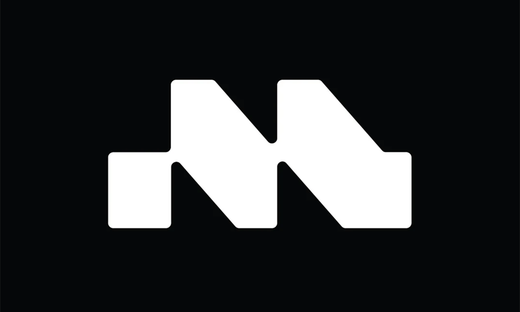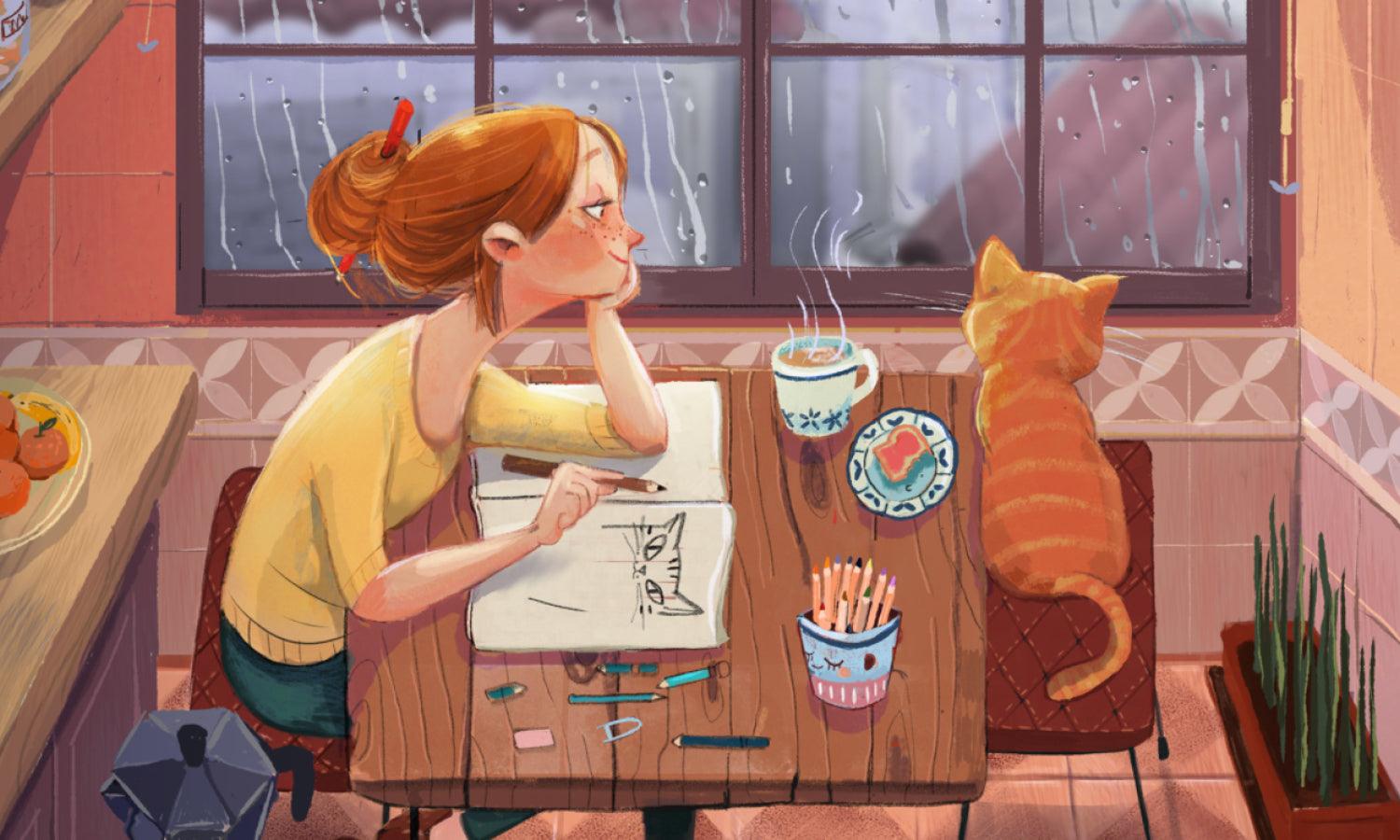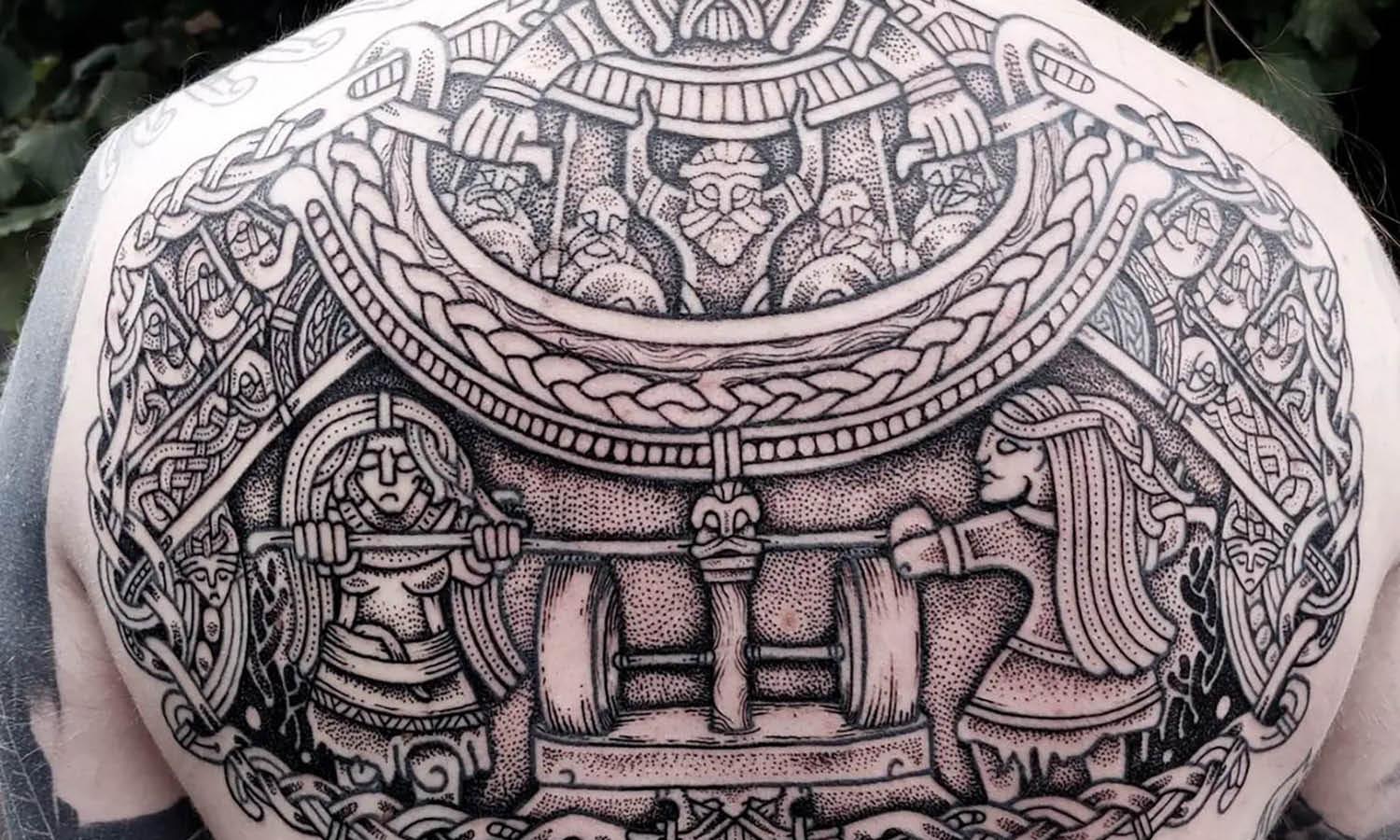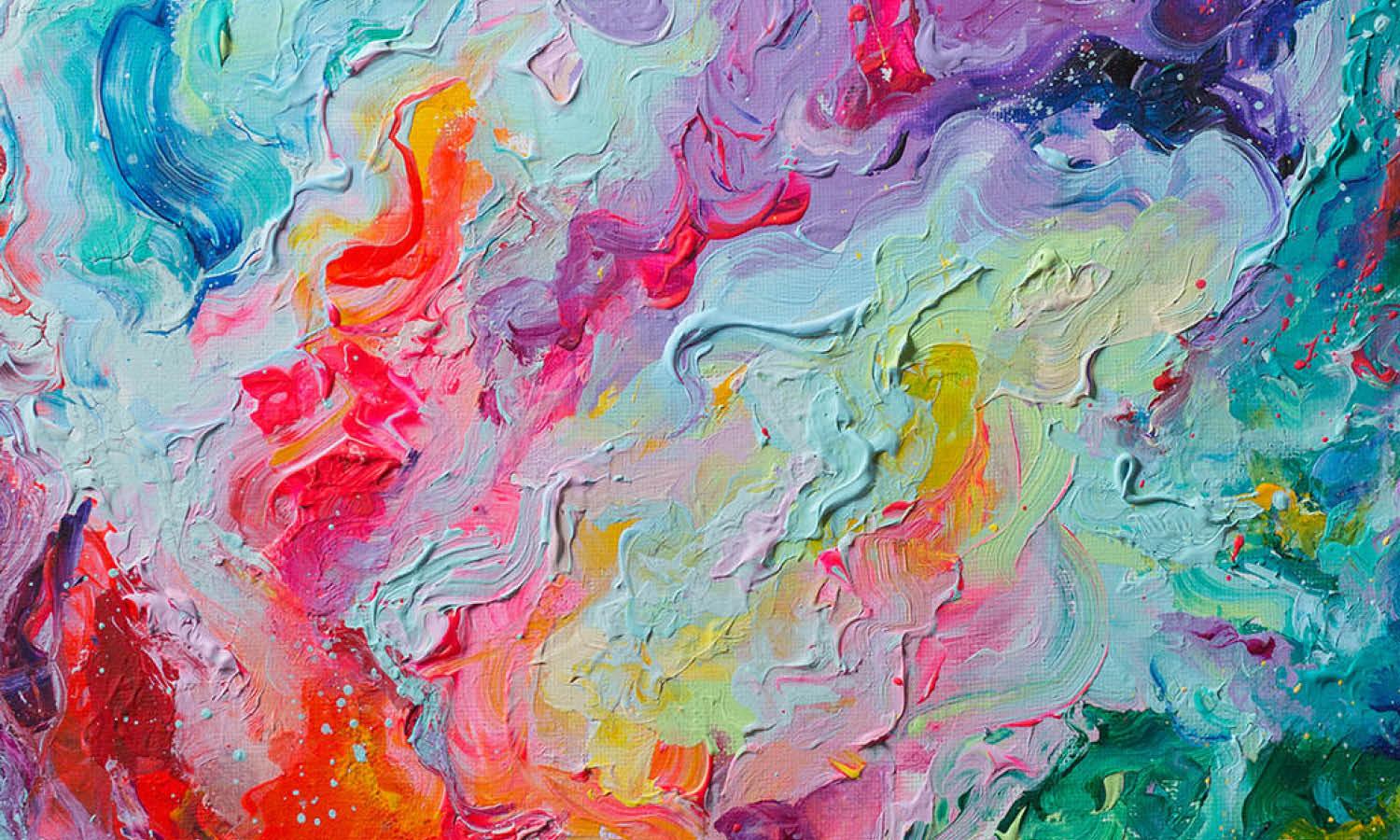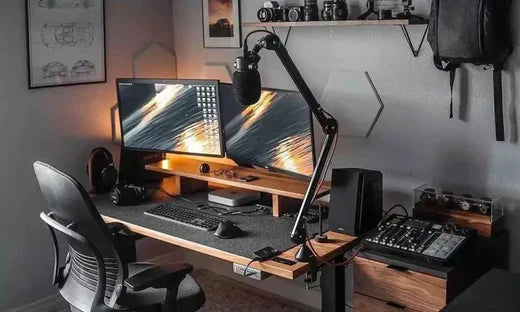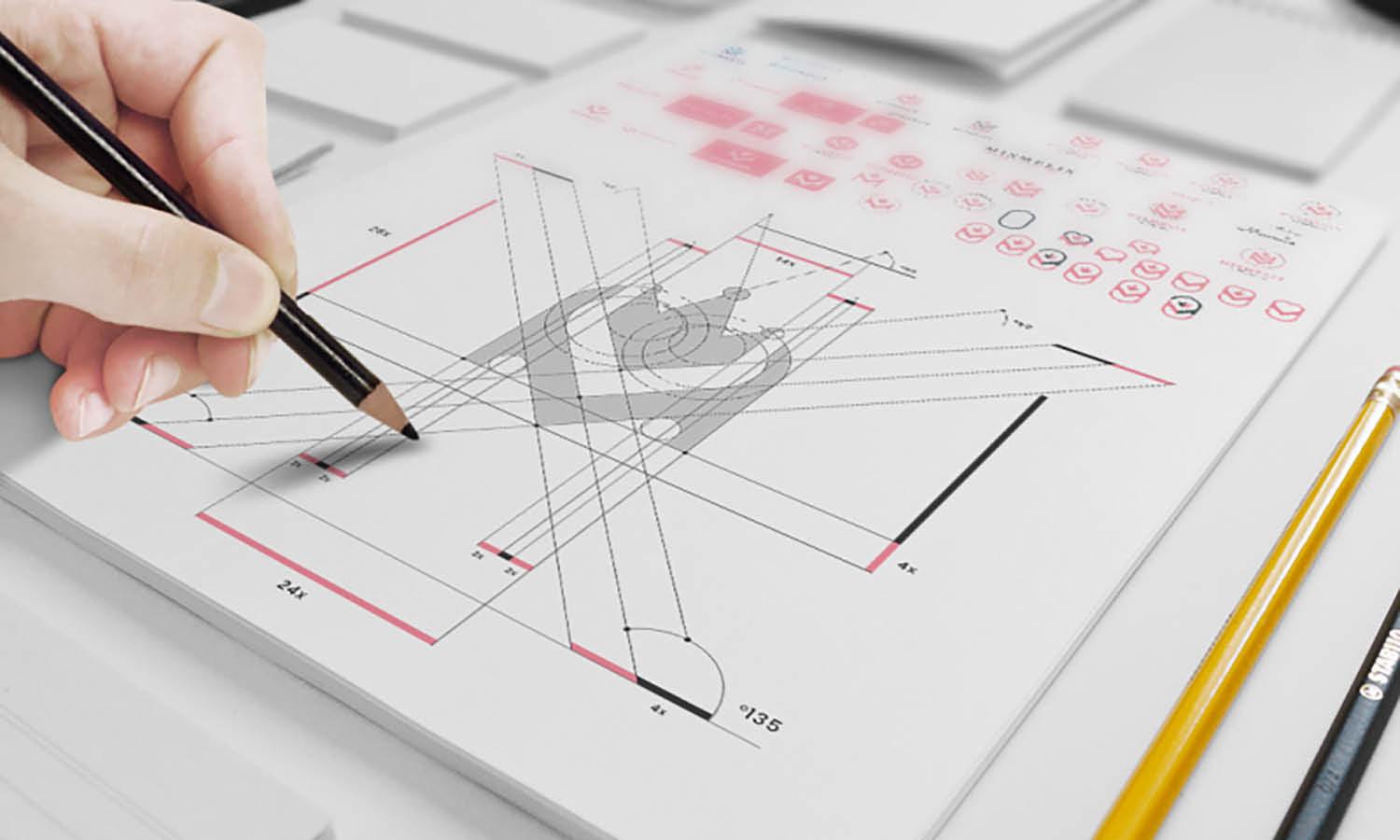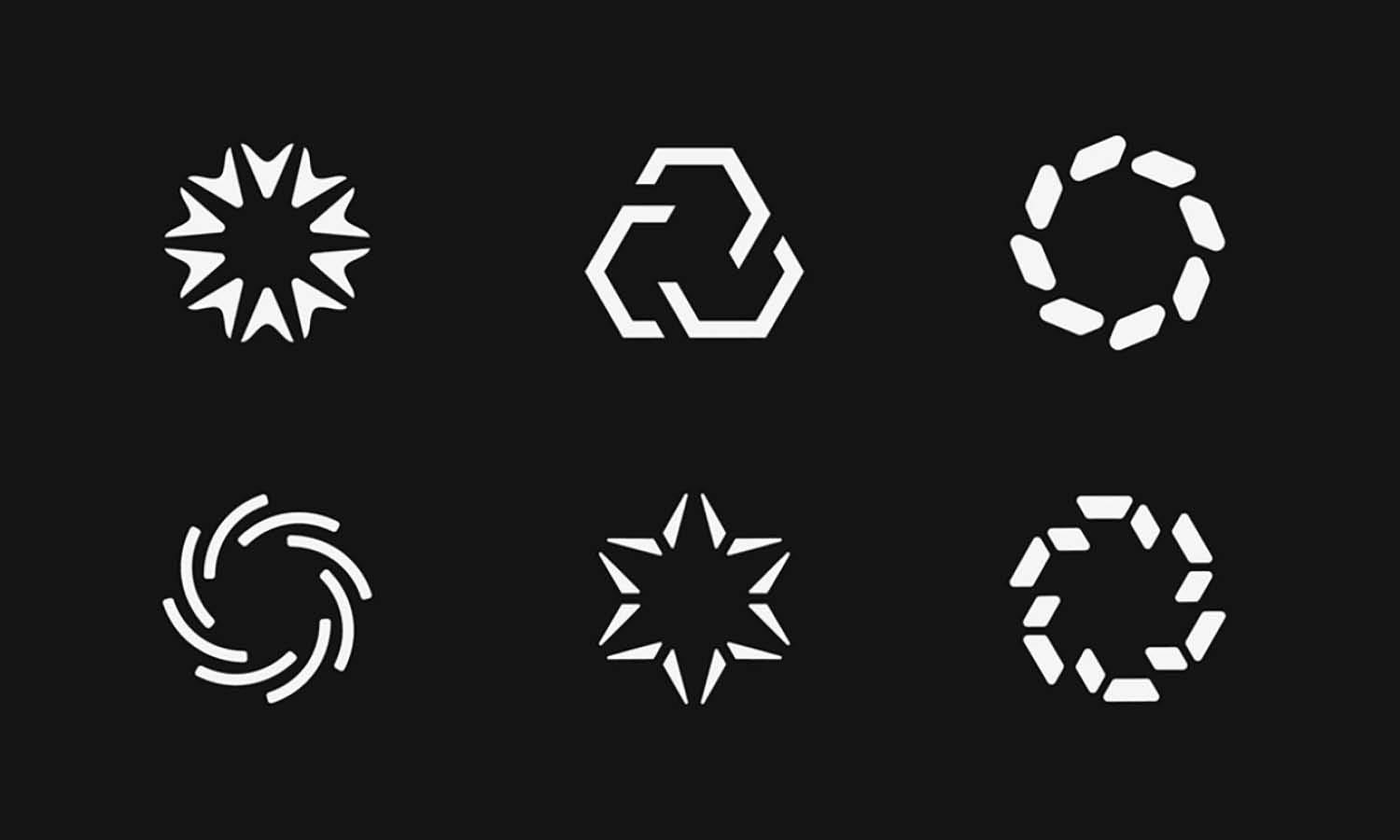Designing Horizons: The Visual Language of Dubai Islands

At the northern edge of Dubai, the Dubai Islands project, formerly known as Deira Island, is redefining the city’s relationship with form, light, and landscape. For decades, Dubai has been portrayed through its verticals: towers cutting through desert sky, silhouettes that announce ambition. The islands shift that visual language toward the horizon. Instead of framing progress through height, they express it through space — through the quiet dialogue between architecture, water, and atmosphere. It’s not a rejection of Dubai’s iconic skyline but a refinement of its grammar: the skyline becomes a backdrop, and the shoreline becomes the sentence.
Across the coastal expanse, new developments such as Wynwood by Imtiaz, Ellington Cove, Azizi Wasel, Bay Villas by Nakheel and other projects are composing a new architectural rhythm for the city. These projects are not isolated destinations but fragments of a larger visual system that connects built geometry with natural order. Together they form a spatial continuum where the city fades seamlessly into the sea, and design becomes a way of orchestrating perception. The Dubai Islands do not simply extend the map — they redraw it with light.
The Grammar of Space
In the design of Dubai Islands, space is treated as language — structured, layered, and intentional. The five islands are planned as sentences within a paragraph: distinct yet related, their rhythm determined by proportion and pause. Open vistas serve as commas between buildings, while curved promenades create the flow of syntax. This sense of spatial literacy defines the islands’ identity.
Architects and planners have translated the principles of rhythm and repetition into urban form. The result is an environment that feels both designed and natural, controlled yet free. The boundaries between architecture and landscape are softened through continuity of material and tone — pale stone, brushed concrete, and reflective glass merge with sand and sky. This design philosophy transforms infrastructure into expression; the city reads like a poem written in geometry.
Light as Material
Light is not an afterthought on Dubai Islands; it is the main design tool. The architects have approached illumination as both physical and emotional material. Daylight is choreographed through orientation and surface — façades are sculpted to receive or deflect the sun, and interior spaces are shaped to let shadows perform their slow theatre.
As the day moves, the city transforms. Morning light turns glass façades into silver veils; by evening, the same buildings become amber lanterns reflected in the water. At night, artificial light replaces brightness with atmosphere. Pathways, façades, and marinas glow in calibrated tones that preserve contrast without glare. In this choreography, the city becomes a time-based composition. Light gives shape to emotion; shadow defines memory.
Form and Flow
The architecture of Dubai Islands rejects rigid symmetry in favour of flow. Rather than dominating the landscape, buildings trace its rhythm. Curved façades mirror the coastline; pedestrian paths follow the contours of the water. Even high-density zones maintain visual permeability — voids are as significant as volumes.
This fluid geometry is both aesthetic and functional. The curvature of streets guides wind across public spaces, reducing heat accumulation. Rooflines are staggered to create shade and visual depth. The islands’ design follows the logic of the tide: nothing fixed, everything responsive. It’s an approach rooted in observation — an acknowledgment that the most sustainable forms are those that adapt.
The Palette of Place
Dubai Islands’ visual identity is built on a refined palette: sand, limestone, water, and light. Rather than imposing colour, the architecture absorbs the environment. Buildings reflect the tones of morning mist or the pale blues of dusk; interiors use textured neutrals that echo the seabed. This restraint is deliberate — a conscious move away from spectacle toward subtlety.
The material language reinforces this calm. Natural stone contrasts with reflective surfaces; metallic details catch sunlight without excess. The result is a city that feels cohesive without monotony. From a distance, it appears to shimmer — not because it tries to impress, but because it allows the landscape to speak through design.
Geometry as Narrative
Every aspect of the islands’ design — from street grids to window placement — carries narrative intent. Geometry, often seen as technical, becomes emotional. Circles, arcs, and linear axes symbolise continuity and direction. Public plazas are arranged as focal points of visual convergence, where movement, light, and perspective intersect.
This precision creates a sense of harmony that resonates even unconsciously. Visitors experience balance without understanding why; residents feel orientation without instruction. The geometry is not decorative but structural storytelling. It shapes behaviour, suggesting how to walk, where to pause, when to look.
Architecture and Reflection
Reflection is both a literal and conceptual motif across Dubai Islands. The proximity to water allows architects to use the sea as an active design element — an ever-changing mirror that doubles the city’s forms. Buildings are designed not only to be seen but to be reflected. The visual dialogue between solid and liquid surfaces creates depth that no skyline can match.
On still mornings, the islands appear suspended between two worlds: the architecture above and its twin below. This duality is intentional. The design seeks not permanence but continuity — the recognition that form, like identity, is always in motion.
Cultural Resonance
Dubai Islands also reinterpret the cultural language of the region through design. The mashrabiya — traditional latticework used for ventilation and shade — is reimagined in modern façades. Courtyards, once private domestic spaces, are scaled up as community plazas. The interplay of light and privacy, interior and exterior, heritage and innovation, becomes the cultural DNA of the islands.
The architecture avoids mimicry. It doesn’t copy the past; it translates it into a new syntax. The traditional principles of proportion, repetition, and ornament are present, but distilled. The result is not nostalgia, but continuity — a bridge between history and the horizon.
The Experience of Stillness
In a city known for motion, Dubai Islands create a rare quality: stillness. The experience of the place is defined by pause — the moment between arrival and movement, where perception heightens. Architecture becomes background music rather than headline noise.
This stillness is achieved through proportion and perspective. Long sightlines draw the eye across open water; low-rise structures preserve the scale of the human body. The result is an environment that feels measured, grounded, and intentional. It’s not the silence of absence, but the calm of balance — a visual and emotional equilibrium achieved through design.
The Future of the Horizon
What makes the visual language of Dubai Islands distinct is its ability to blend precision with atmosphere. The project demonstrates that future cities do not need to compete with nature; they can collaborate with it. In a global context often defined by architectural noise, Dubai is learning the power of restraint.
The horizon, once a line between city and sea, has become a meeting point. Architecture, landscape, and light speak the same language, each phrase echoing the next. In this new grammar of design, Dubai Islands stand as a manifesto for a more composed urban future — one built not to impress the eye, but to expand it.

